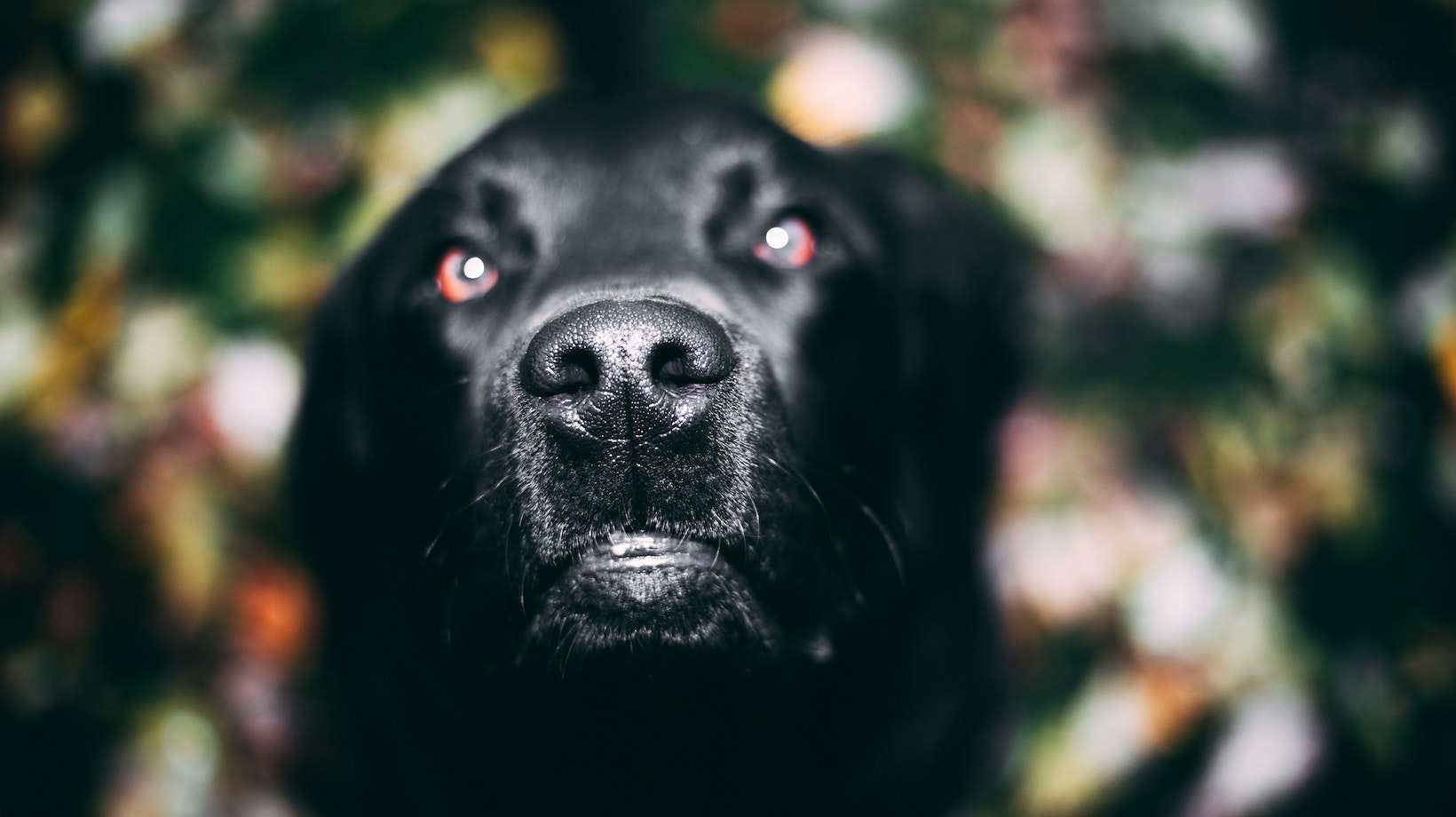How To Train Loose Leash Walking
Before you start training, it’s important to have the right equipment in place. The first item on your checklist should be a well-fitting harness or collar that won’t cause discomfort or injury to your furry friend. There are various options available, including front-clip harnesses and head collars, which can help redirect your dog’s attention back to you during walks.
Additionally, consider investing in a sturdy leash that provides you with control while still allowing enough freedom for your dog. Opting for a longer leash can give your pup more room to explore without feeling restricted.
Creating A Consistent Walking Routine
Consistency plays a crucial role in any form of dog training, and loose leash walking is no exception. Establishing a regular walking routine helps set expectations and reinforces desired behaviors over time.
Start by determining how many walks per day are appropriate for your dog’s age and breed. Then establish consistent times for these walks so that both you and your furry companion know what to expect. Dogs thrive on routine, so sticking to established walking schedules will aid in their understanding of when it’s time to focus on loose leash manners.
Establishing A Connection With Your Dog During Training
Building trust and connection between you and your canine companion is vital when teaching them how to walk politely on a leash. During training sessions, make an effort to engage with your dog both verbally and physically.
Use positive reinforcement techniques such as treats or verbal praise whenever they exhibit good behavior during walks. This not only motivates your dog but also strengthens the bond between you. Remember to be patient and understanding, as some dogs may take longer to grasp loose leash walking than others.
By preparing for loose leash walking training through proper equipment selection, establishing a consistent routine, and fostering a strong connection with your dog, you’ll be well on your way to achieving success in this endeavor. Stay tuned for the next section of our article, where we’ll dive into the specifics of how to actually train loose leash walking techniques.

Teaching Basic Commands And Focus
Now that we have established a solid foundation for loose leash walking, it’s time to move on to teaching some basic commands and improving focus. These skills are essential for maintaining control during walks and ensuring your furry friend’s safety. In this section, I’ll guide you through the process of training your dog to respond to commands and maintain focus while on a leash.
- Start with the basics:
- Before diving into complex commands, it’s important to establish a strong understanding of simple cues like “sit,” “stay,” and “come.” These commands lay the groundwork for more advanced training.
- Use positive reinforcement techniques such as treats or praise to reward your dog when they successfully execute each command.
- Practice in low-distraction environments:
- Begin training sessions in calm, familiar surroundings where there are minimal distractions. This allows your dog to focus solely on you and the task at hand.
- Gradually increase the level of difficulty by introducing mild distractions such as toys or other animals once your dog becomes proficient in responding to commands.
- Incorporate commands into daily walks:
- As you progress with basic command training, start incorporating them into your regular walks.
- For example, ask your dog to sit before crossing the street or stay when encountering another person or animal.
- Maintain consistency:
- Consistency is key when teaching new behaviors. Use clear verbal cues accompanied by consistent hand signals for each command.
- Reinforce these cues consistently throughout all training sessions and daily walks.
- Patience is paramount:
- Remember that every dog learns at their own pace. Be patient with your furry companion and avoid rushing the process.
- Celebrate small victories along the way and always end each session on a positive note.
By following these steps, you can gradually enhance your dog’s ability to respond promptly to basic commands while maintaining focus during walks. Remember to keep training sessions enjoyable for both you and your furry friend, as a positive and rewarding experience will lead to better results. Happy training!